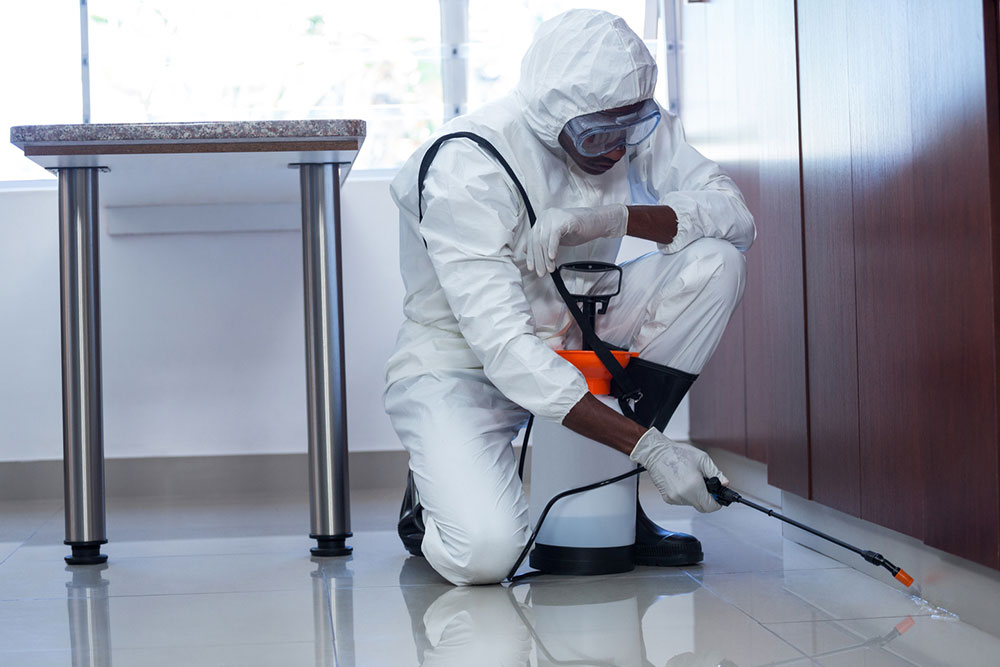
Everything Else
19 things in the house that may be worth a fortune
While most people today are constantly on the move to declutter and organize, it may be worthwhile to hold on to some precious items from the past. Apart from their sentimental value, these items could be worth a lot of money today! So, get ready to sift through cupboards and other storage spaces to find these hidden gems. Here are 19 things around the house that could be worth a lot of money: Old magazines Several people have trouble throwing away old magazines. Over time, some magazines may become lucrative collector’s items, valued at over a hundred dollars today. Their rarity, condition, and number of printed issues determine their valuation. Vintage furniture Vintage and antique furniture are always in demand, with some pieces fetching thousands of dollars on sale. With the growing popularity of retro, mid-century, and vintage styles, now may be the perfect time to sell any vintage or antique furniture pieces one may have lying around the house. Old cameras Since the advent of smartphones with picture and video-taking capabilities, cameras seem obsolete to many. As a result, old devices have just been collecting dust. If one has any old cameras at home, consider getting them valued. Rare, vintage cameras are a big hit in the photography community and could fetch a handsome sum.
Read More 















